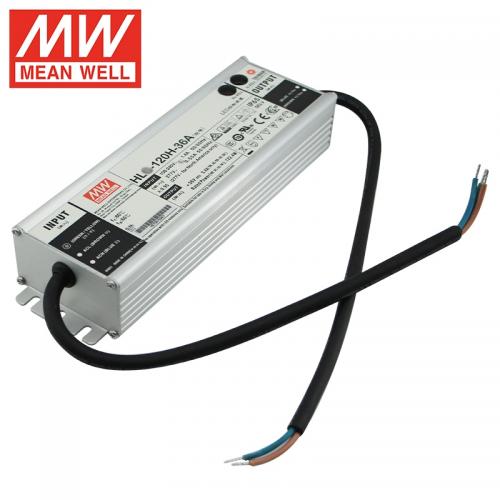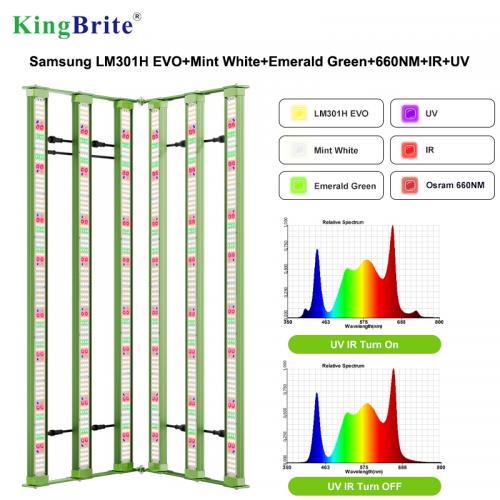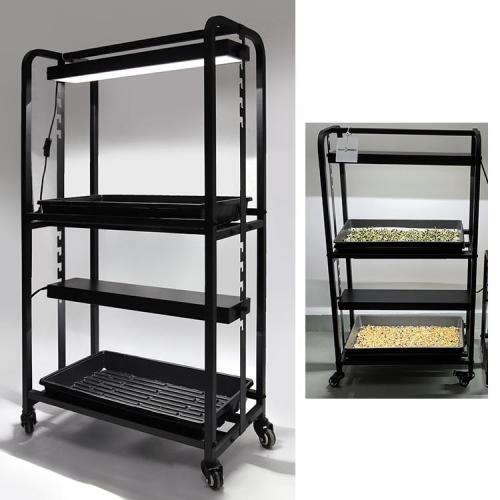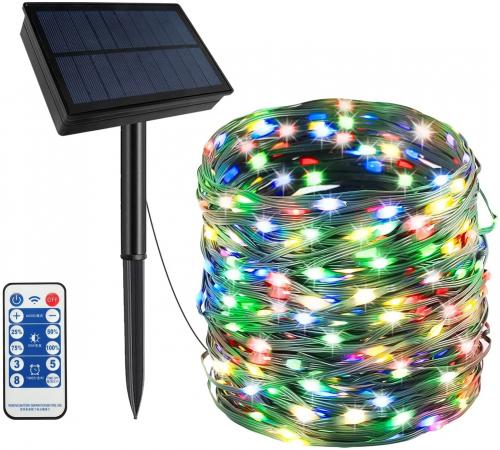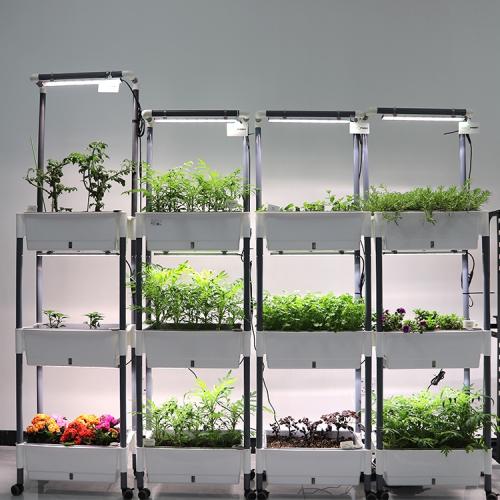What type of LEDs are used in grow lights?
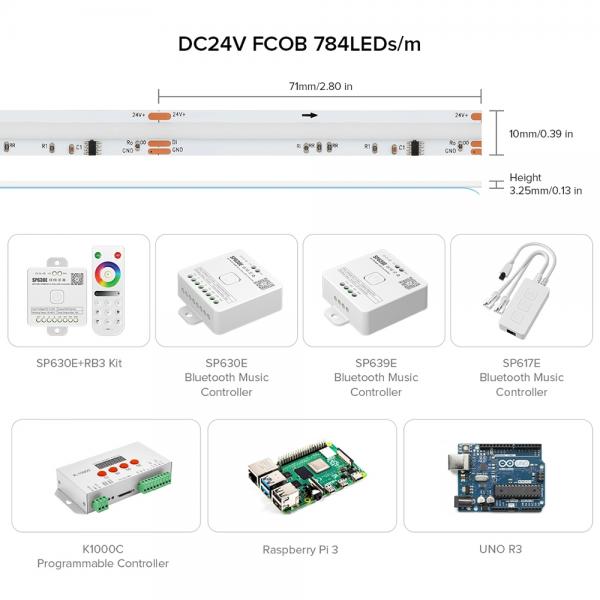
In recent years, the use of LED grow lights has significantly increased in popularity among both commercial growers and home gardening enthusiasts. This surge in popularity can be attributed to the energy efficiency, longevity, and customizable light spectrums that LEDs offer. Understanding the types of LEDs used in grow lights is crucial for optimizing plant growth and ensuring a successful harvest. In this article, we will delve into the different types of LEDs used in grow lights, their specific applications, and how they can impact plant growth.
LED grow lights are primarily used to provide plants with the light spectrum they need for photosynthesis, which is essential for plant growth and development. The key to selecting the right LED grow lights lies in understanding the different types of LEDs available and their specific benefits.
-
Red and Blue LEDs: These are the most common types of LEDs used in grow lights. Red LEDs typically operate at wavelengths between 620-750 nm, while blue LEDs operate between 450-495 nm. Red light is crucial for the flowering and fruiting stages of plant growth, while blue light is essential for vegetative growth. Most LED grow lights combine these two colors to create a balanced spectrum that supports all stages of plant development.
-
Full Spectrum LEDs: As the name suggests, full spectrum LEDs are designed to mimic natural sunlight by providing a broad spectrum of light. These LEDs cover a wide range of wavelengths, including red, blue, green, and even ultraviolet (UV) and infrared (IR) light. Full spectrum LEDs are versatile and can support plants through all stages of growth, from seedling to harvest. They are particularly beneficial for indoor gardening, where natural sunlight is limited.
-
White LEDs: White LEDs are essentially blue LEDs coated with a phosphor material that converts some of the blue light into longer wavelengths, resulting in a broad spectrum that appears white to the human eye. These LEDs can provide a balanced spectrum similar to full spectrum LEDs and are often used in combination with red and blue LEDs to enhance plant growth.
-
UV and IR LEDs: While not as commonly used as red and blue LEDs, UV and IR LEDs can play a significant role in plant growth. Ultraviolet light can help in producing secondary metabolites, which can enhance the flavor and aroma of certain plants. Infrared light, on the other hand, can promote flowering and increase the size of fruits and flowers. However, these types of LEDs should be used sparingly, as excessive exposure can harm plants.
-
COB LEDs (Chip on Board): COB LEDs are a type of LED where multiple LED chips are packed together to form a single module. This design allows for a higher light output and a more uniform light distribution. COB LEDs are known for their high efficiency and are often used in commercial grow lights to cover larger growing areas.
-
SMD LEDs (Surface Mount Device): SMD LEDs are small and compact, making them ideal for use in a variety of grow light designs. They are highly efficient and can produce a wide range of colors, making them suitable for full spectrum grow lights. SMD LEDs are commonly used in both commercial and home gardening setups due to their versatility and efficiency.
When selecting LED grow lights, it is important to consider the specific needs of the plants you are growing. Different plants have different light requirements, and understanding these needs will help you choose the right type of LED for your setup. Additionally, factors such as the size of your growing area, the growth stage of your plants, and your budget will also influence your choice of LED grow lights.
One of the main advantages of LED grow lights is their energy efficiency. Compared to traditional lighting options such as high-pressure sodium (HPS) or metal halide (MH) lamps, LEDs consume significantly less electricity while providing the same or even greater light output. This not only reduces energy costs but also minimizes heat production, reducing the need for additional cooling systems.
LED grow lights also have a longer lifespan compared to traditional lighting options. While HPS and MH lamps may need to be replaced every year or two, LEDs can last for up to 50,000 hours or more, depending on the quality of the lights. This longevity reduces the need for frequent replacements and lowers maintenance costs over time.
Another advantage of LED grow lights is their ability to provide customizable light spectrums. With the ability to adjust the light intensity and spectrum, growers can tailor the lighting conditions to suit the specific needs of their plants. This flexibility allows for optimal growth and can lead to higher yields and better-quality produce.
In conclusion, understanding the different types of LEDs used in grow lights and their specific applications is essential for optimizing plant growth. Whether you are a commercial grower or a home gardening enthusiast, selecting the right LED grow lights can significantly impact the success of your plants. By considering factors such as the light spectrum, energy efficiency, and the specific needs of your plants, you can choose the best LED grow lights for your setup and achieve a bountiful harvest.

 Afrikaans
Afrikaans Čeština
Čeština Dansk
Dansk Deutsch
Deutsch Español
Español Francais
Francais Italiano
Italiano Magyar
Magyar Nederlands
Nederlands Norsk
Norsk Polski
Polski Português
Português Română
Română Slovák
Slovák Suomi
Suomi Svenska
Svenska Tiếng Việt
Tiếng Việt Türk dili
Türk dili Ελλάδα
Ελλάδα Русский
Русский اللغة العربية
اللغة العربية แบบไทย
แบบไทย 中文繁體
中文繁體 日本語
日本語 한국인
한국인
